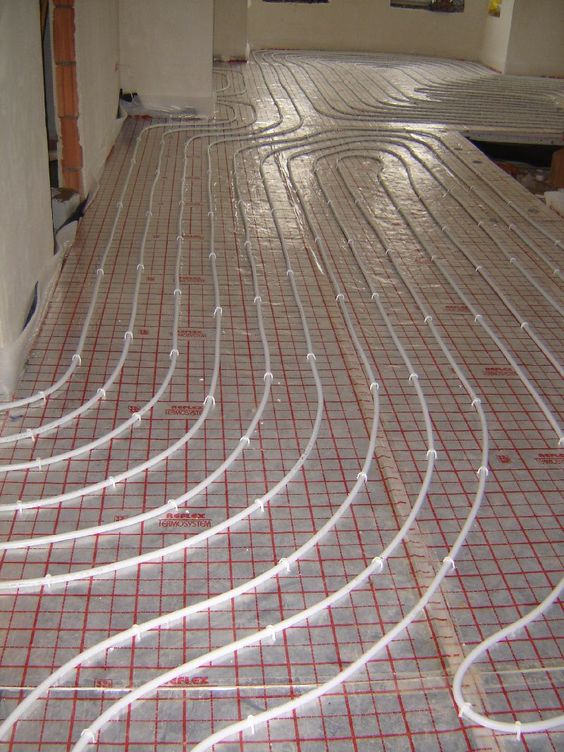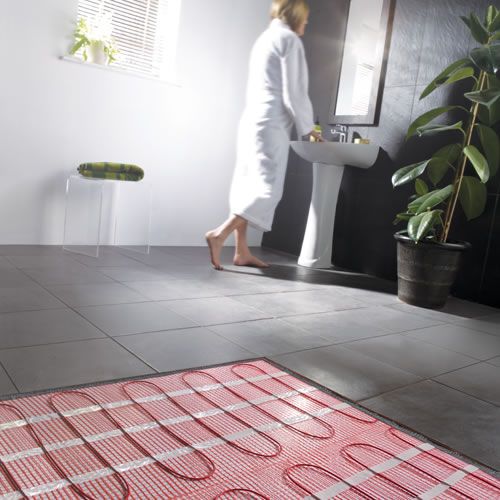Water vs Electric Underfloor Heating: Which Should You Choose?
Does the thought of constant low-level warmth in your home fill you with joy? Are you generating huge utility bills as you blast heaters out trying to warm rooms after a day with no heat running? Or perhaps you avoid using that lovely sunroom you had built on because it is so hard to keep warm in the cooler months?
Underfloor heating could be the answer to all these dilemmas, and it’s becoming so popular that these days underfloor (or radiant) heating is becoming a popular choice in new builds. Of course, it can be installed in an established property to replace the current heating system, or in any extension you plan to build, all you need do is decide whether to go for a water or electric powered system.
Let’s take a look at them both in more detail so you can decide for yourself which sounds more suitable for you.
The two types of underfloor heating
Electric – utilizes wires or heating sheets and sits either underneath the floor or is an integral part of the flooring itself. Water – pipes run under the floor and the water is heated from your main heating source.
Plus points both types offer
They both release valuable wall space as radiators are not needed, are cheaper to run than traditional radiator systems, can be used with most types of floor covering or bare wood, make life easier for allergy sufferers, add value to your home, work well with timer systems, offer 24/7 low level heat, safe for pets and children – no hot radiators to touch. Finally, underfloor heating of either type heats the floor evenly, eliminating those typical hot and cold spots in rooms with radiators.

Disadvantages of both systems
Both require a fairly substantial initial outlay (though you do save money in the long term), and it can take up to a week to install – although this does depend on the type you choose and how many rooms you choose to have it put in. Neither can offer instant heat, although to be fair that’s not what they are designed to do.
So we know that both systems offer several shared benefits, as well as a few issues – mainly related to the cost, but when comparing them directly to each other what are the specific pros and cons of them both?
Water powered radiant heating
The advantages
More efficient overall
Cheaper to run in the long term
The disadvantages
More complicated (and expensive) to install
May need to raise the level of the floor
Electric powered radiant heating
The advantages
Can be installed by a confident DIY enthusiast
The disadvantages
Expensive to run so more popular in just one (smaller) room
There are restrictions on where some furniture can be placed in the room
So which type of underfloor heating should you choose?
Basically that comes down to whether you think the advantages are attractive and any relevant cons can be worked around, and how far your budget can stretch. Far a healthy selection of options check out warmup’s range of underfloor heating.











